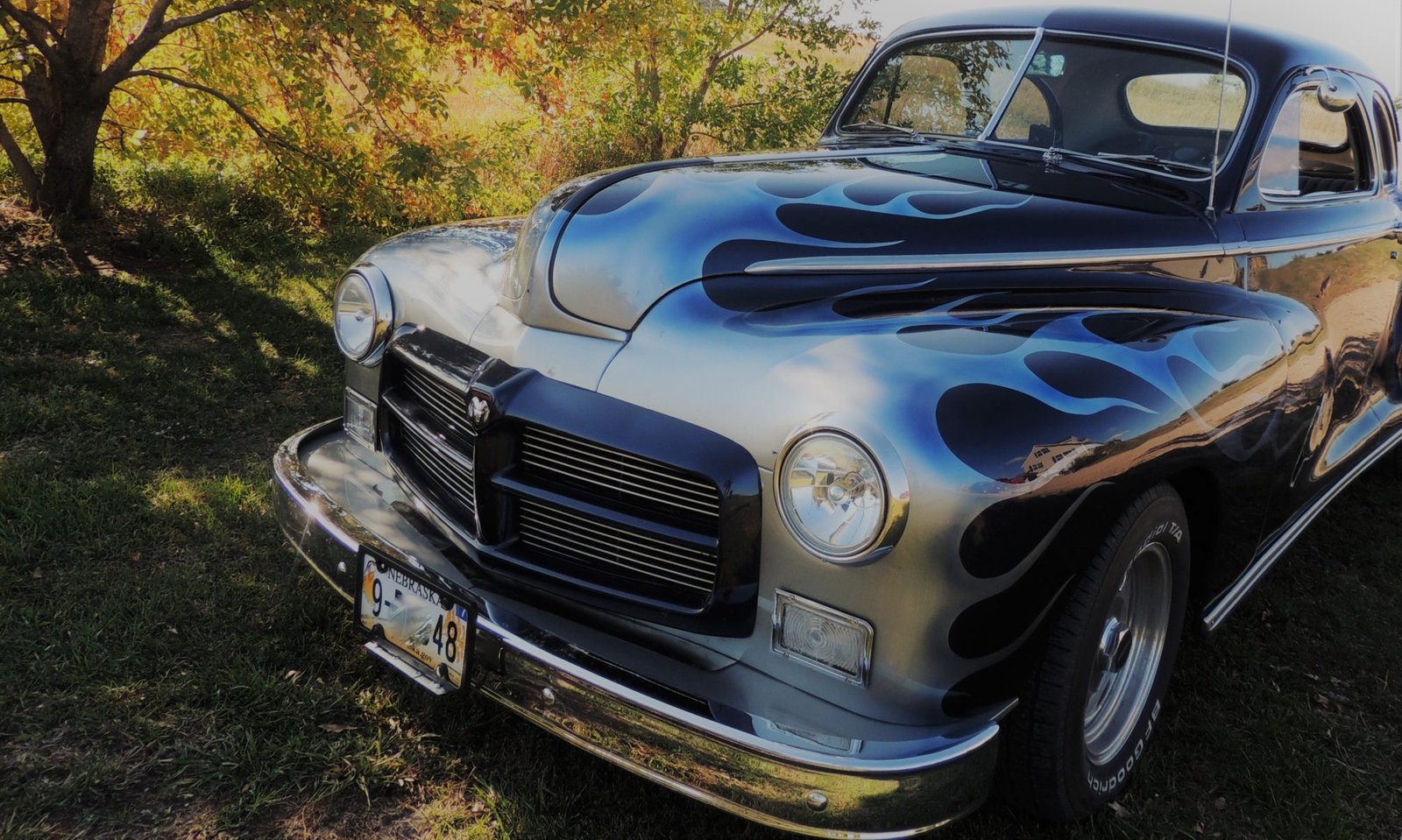We spotted this old brick dealership building in Red Cloud, Nebraska, a town known for being the home of author Willa Cather as well as the inspiration for some of her novels.

The sign is amazing. It is sun bleached and difficult to read, but the vertical letters spell “Studebaker” while the horizontal letters spell “Killough Motor Co.”


I searched old newspapers in order to date this sign. The only reference I was able to find to this particular dealership, Killough Motors, was at the bottom of this 1940 advertisement:


And yes, that’s a Chevy, not a Studebaker, sitting in the front window, but what a great place to park and display your vintage cars!



































